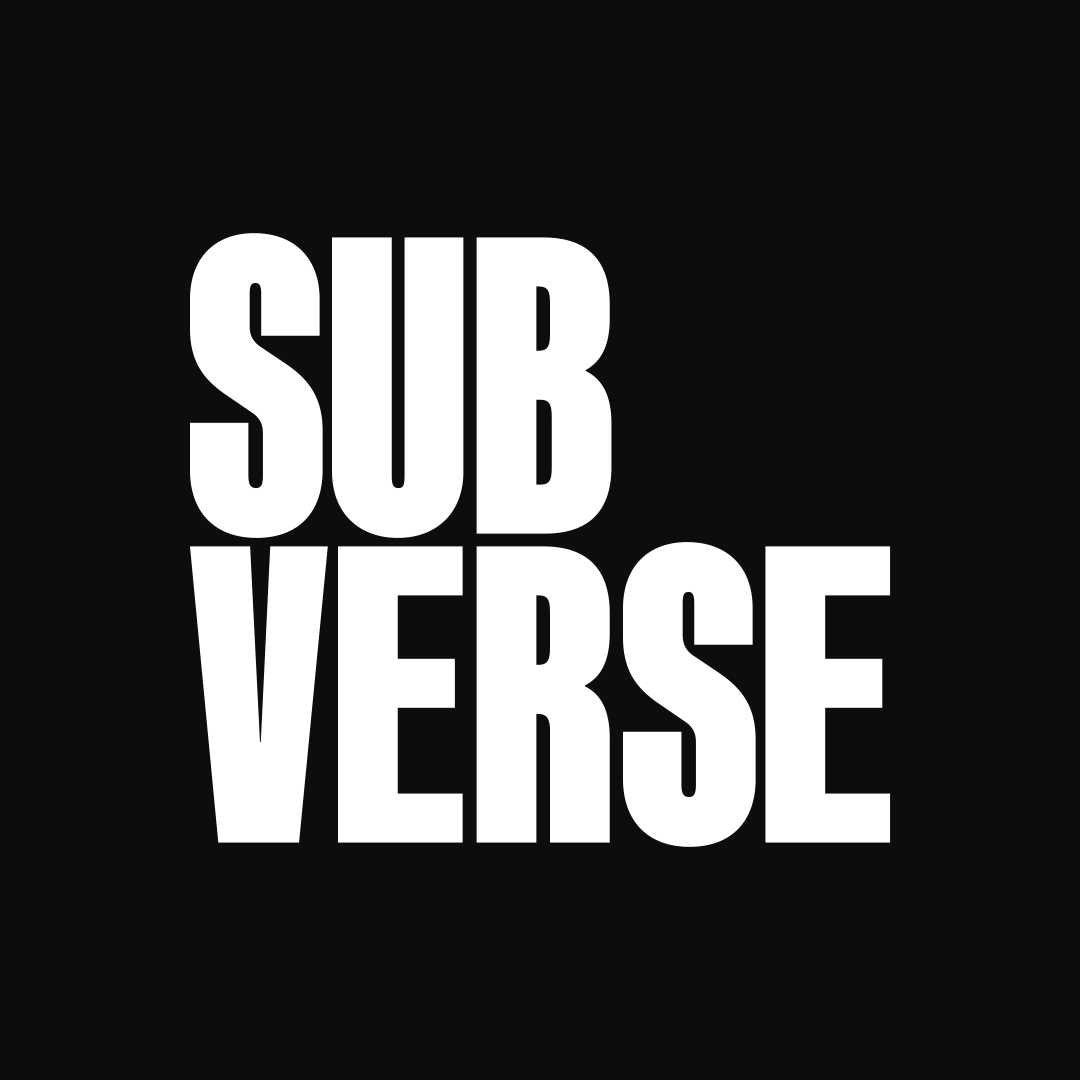Introduction
Have you ever wondered why some content skyrockets to the top of Google’s search results while others barely get noticed? In the evolving world of search engine optimization (SEO), understanding search intent has become crucial. It’s the secret ingredient that can transform your digital content from overlooked to overachieving. As search engines prioritize aligning search queries with the most relevant content, mastering search intent is essential for elevating your SEO strategy. This guide will equip you with actionable strategies to identify and optimize content according to search intent, thereby boosting your search engine rankings.
The Critical Role of Search Intent in SEO
Search intent is the purpose behind a user’s query on search engines. It’s what Google and other search engines strive to decipher to deliver the most relevant results possible. The search landscape has shifted dramatically in recent years, focusing less on exact keyword matches and more on understanding the true intent behind those queries.
Consider this—Ahrefs, a reputable SEO tool provider, managed to increase their organic traffic by an astounding 516% by pivoting their content strategy to align more closely with search intent. By crafting content that directly addressed the queries users were searching for, they not only attracted more traffic but also enhanced user satisfaction. This case underscores a vital SEO principle: catering to search intent not only fills digital spaces but fulfills user needs and expectations.
Providing content that meets search intent also cultivates trust with your audience. When a user’s search results align with their expectations, there’s a higher chance they’ll revisit your site in the future. It’s about creating a pivotal connection through content that addresses what users are actively looking for.
Decoding the Four Types of Search Intent
Understanding the different types of search intent is key to creating content that truly resonates with users. Broadly speaking, there are four major categories to be aware of: informational, navigational, commercial investigation, and transactional.
Informational Intent
Informational searches occur when users are looking for specific knowledge or answers to their questions. They might type queries like, “How to fix a leaky faucet.” Content that aligns with informational intent should be comprehensive, accurate, and easy to digest to provide value to the reader quickly.
Navigational Intent
Navigational searches are directed towards finding a specific website or webpage. For example, a search query like “Twitter login” indicates the user already knows the site they’re trying to access. An important consideration for content creators is ensuring their site is technically optimized and branded well enough to appear in such searches.
Commercial Investigation Intent
This type of intent involves users researching products or services before making a purchase. Queries might include “Best smartphones 2023” or “top SEO tools.” These queries suggest the user is still in the decision-making phase, and this is where rich content like detailed reviews and comparisons can influence user choice.
Transactional Intent
When users are ready to purchase or take a specific action, their searches are classified as transactional. Queries like “Buy running shoes online” or “Order sushi near me” signal buying intent. For businesses, maximizing conversion here involves providing clear, direct options to finalize the transaction with minimal friction.
Strategies for Optimizing Content According to Search Intent
Creating content that aligns with search intent involves more than just understanding the types. Here are strategies to ensure your content meets user expectations and dominates SERPs:
Use the “Three Cs”
The “Three Cs”—Content Type, Format, and Angle—are central to aligning content with user intent. Each type of search intent may require a different content type (e.g., blog post, product page, comparison chart), format (e.g., video, infographic), or angle (e.g., authoritative, casual) to be effective.
Align Content Formats with User Expectations
Consider how users expect information to be presented. A query about “how-to” will likely perform better with step-by-step guides or instructional videos. On the other hand, listicles and detailed comparisons might better suit users involved in product research or commercial investigation.
Enhance Readability and Structure
Engagement plays a large role in user satisfaction. Breaking content into sections with clear headings, incorporating bullet points for easy scanning, and using visuals can keep users engaged longer. Ensure that your content is mobile-friendly, as a substantial portion of search activity occurs on mobile devices.
Optimize Meta Tags to Reflect Search Intent
Meta tags are often the first thing users see on SERPs, so ensure they are optimized to reflect the search intent accurately. A concise and clear meta title and description should set realistic expectations and entice users to click through to your content.
Identifying and Analyzing Search Intent
To effectively tailor content, it’s vital to correctly identify what users are looking for. Here’s how to get started:
SERP Analysis
Perform an analysis of the search engine results pages (SERPs) to discern the common themes and content structures that rank highly. This can reveal patterns in content that meets specific intents.
Use Keyword Research Tools
Tools like Semrush and Ubersuggest can help you identify keywords related to different types of search intent. These tools offer insights into search volume, competition, and trends, guiding you to refine your content accordingly.
Analyze Query Language and User Behaviors
Pay close attention to the language used in search queries and how users interact with the content they find. This can provide clues about the functionality or informational value your audience is looking for.
Challenges and Obstacles
Optimizing for search intent can present challenges, and it’s vital to be aware of common pitfalls:
Ignoring Overlapping and Complex Intents
Queries can have overlapping intents—nuances that a simple keyword strategy might miss. Understanding context is key, and continuous testing and adjustment are necessary.
Over-Focusing on Keywords
Fixating solely on keywords rather than the user’s overarching need can result in ineffective content. A more holistic approach, considering user journeys and evolving trends, is essential.
Solution: Continuous Monitoring and Adaptation
SEO is never static; it requires ongoing analysis and adaptation to changing user behaviors and algorithm updates. Regular content audits and tweaks ensure your content stays relevant and effective.
Conclusion
Mastering search intent is not just about adapting to algorithmic changes; it is fundamentally about understanding and meeting the needs of your audience. This strategic alignment can transform your digital presence by enhancing visibility, engagement, and conversions. Begin aligning your content with search intent today and witness a significant improvement in your search visibility and user engagement, solidifying your competitive edge in the digital marketplace. Implement these insights, and let searchers find value precisely where they expect it—on your pages.

